Japanese woodblock art, a cultural treasure with roots dating back to the Edo period (1603 – 1868), has undergone a fascinating evolution marked by distinct movements. Ukiyo-e, the “pictures of the floating world,” initiated this artistic journey, followed by the shin-hanga movement in the 20th century, and later the emergence of sosaku-hanga. Let’s embark on a visual and historical exploration of these three significant phases.
Ukiyo-e: The Edo Period (17th – 19th Century)
Characteristics of Ukiyo-e:
Ukiyo-e, born during the Edo period, portrayed the vibrant urban culture of the time. Its key characteristics include:
- Subject Matter: Scenes from the “floating world,” encompassing landscapes, kabuki actors, beautiful women, and more.
- Technique: Precision in line work and vibrant color palettes, often crafted on woodblocks.
- Audience: Primarily the urban commoners, reflecting the popular culture of the time.
- Innovation: Introduction of multicolored prints (nishiki-e) and the use of perspective in compositions.
Artists and Notable Works:
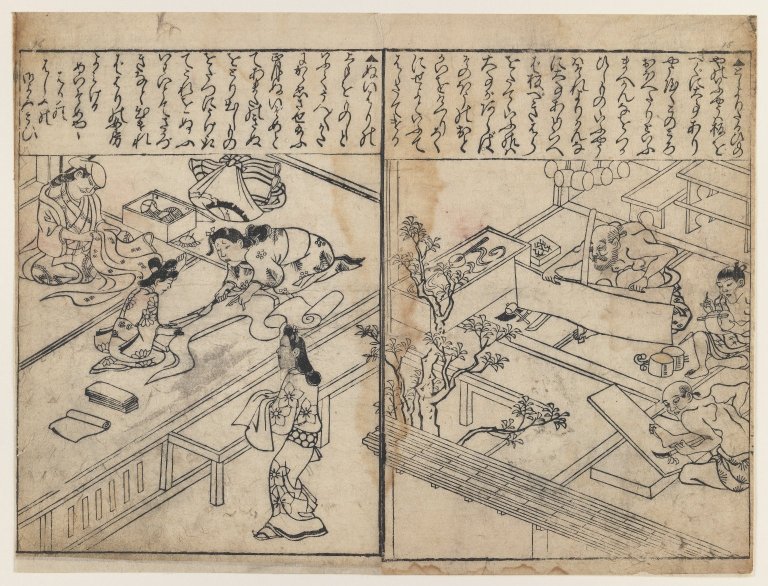
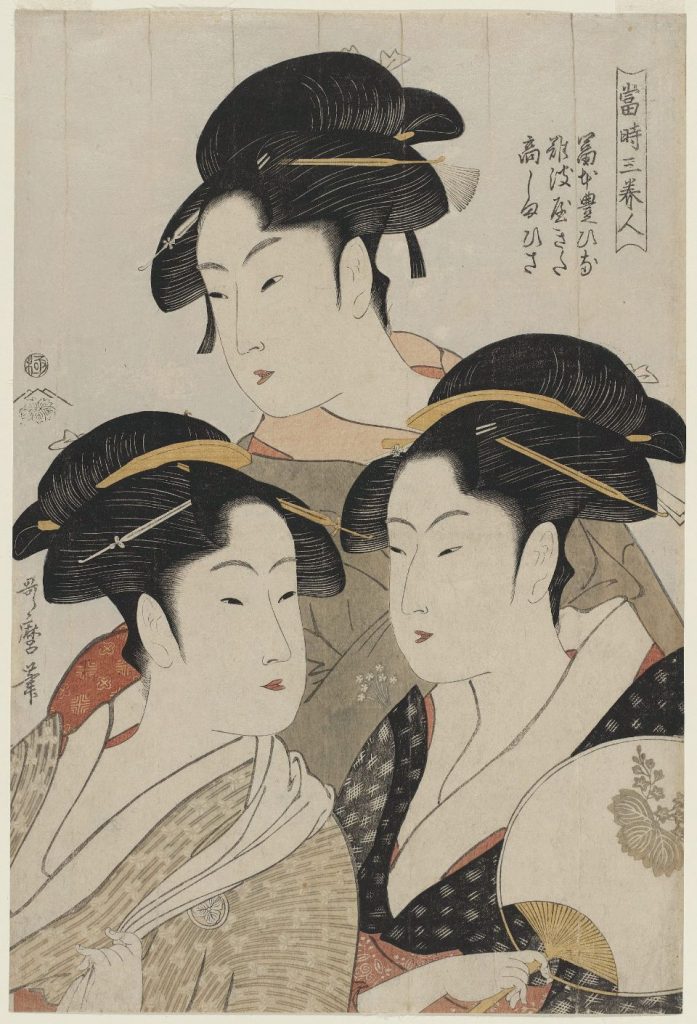
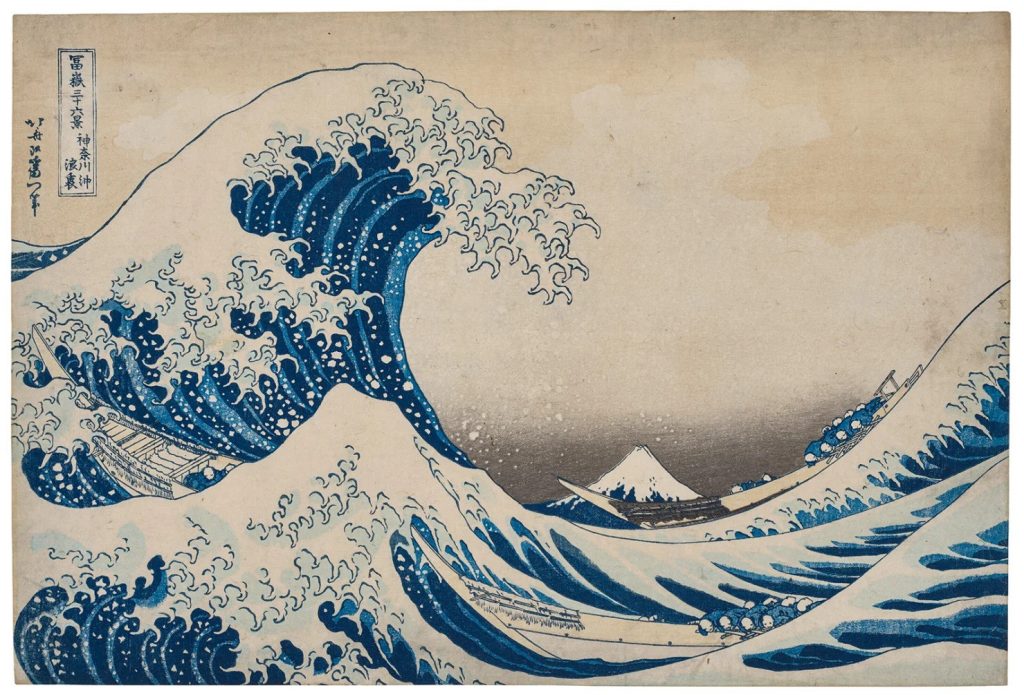
- Artist: Hishikawa Moronobu (c. 1618–1694)
- Notable Work: “Beauty Looking Back” although this was a painted hand-scroll rather than a woodblock print
- Description: Moronobu is considered one of the pioneers of ukiyo-e. His works often depicted scenes from the “floating world,” including courtesans, actors, and landscapes.
- You can view his illustrated ukiyo-e book called Kokon Bushidō ezukushi (“Images of Bushidō Through the Ages”) online at the British Museum website.
- Artist: Kitagawa Utamaro (1753–1806)
- Notable Work: “Three Beauties of the Present Day”
- Description: Utamaro was renowned for his bijin-ga (pictures of beautiful women). His intricate portrayals of women in various roles contributed significantly to the ukiyo-e genre.
- Artist: Katsushika Hokusai (1760–1849)
- Notable Work: “The Great Wave off Kanagawa” (from the series Thirty-Six Views of Mount Fuji)
- Description: Hokusai’s influence extended globally, and “The Great Wave” is an iconic representation of Japanese woodblock art. His series on Mount Fuji called “The Thirty Six Views of Mount Fuji” is another masterpiece.
- Original woodblock prints of The Great Wave often sell for hundreds of thousands of dollars. A rare well-preserved early edition listed under its full name of “Kanagawa oki nami ura (Under the well of the Great Wave off Kanagawa),” sold at a Christie’s auction in March 2023 for a record $2.76 million.
Shin-Hanga: Early 20th Century
Characteristics of Shin-Hanga:
Shin-hanga, translating to “new prints,” emerged as a revivalist movement. Key features include:
- Subject Matter: Landscapes, nature, and traditional themes with a modern touch.
- Technique: Meticulous detailing, emphasis on color gradation, and collaboration between artists, carvers, and printers.
- Audience: Both domestic and international, attracting a global market.
- Innovation: Fusion of traditional ukiyo-e techniques with Western realism and perspective.
Artists and Notable Works:
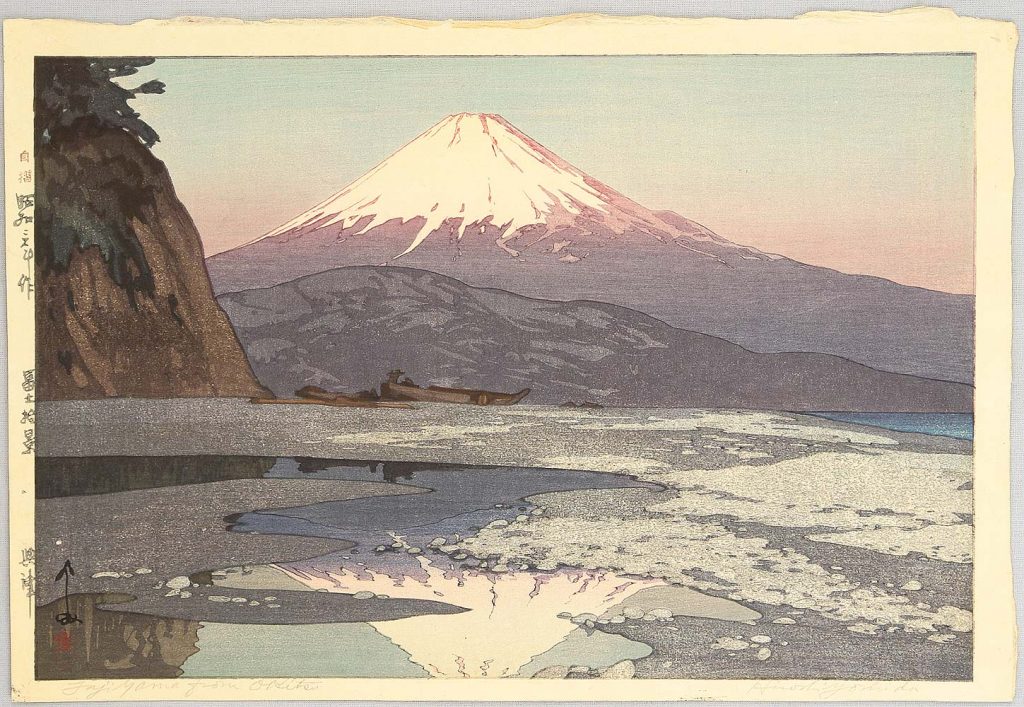
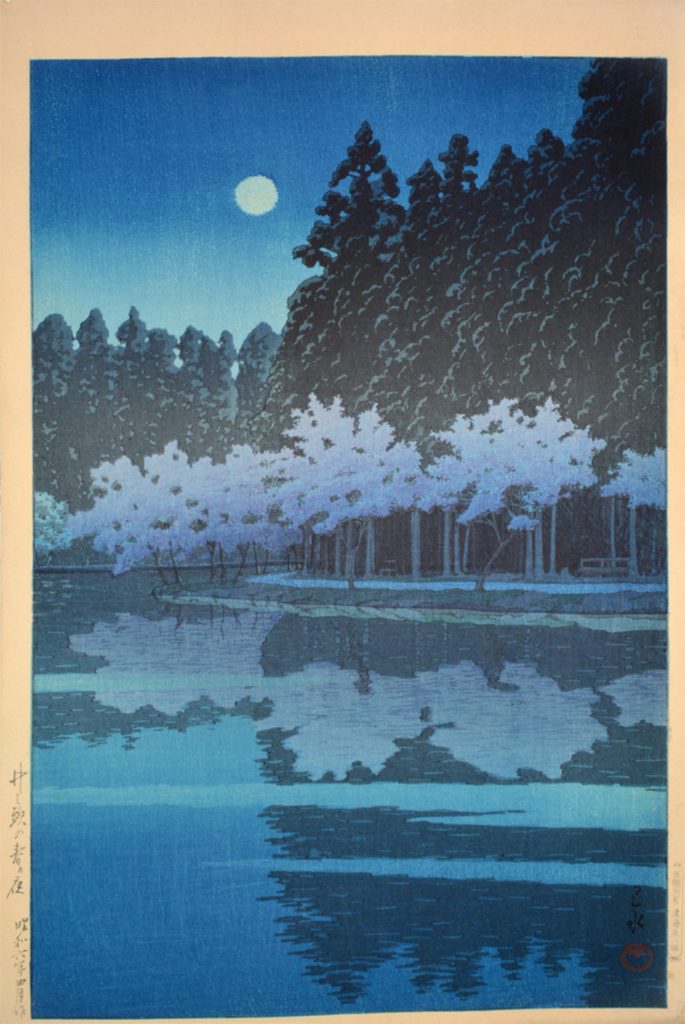
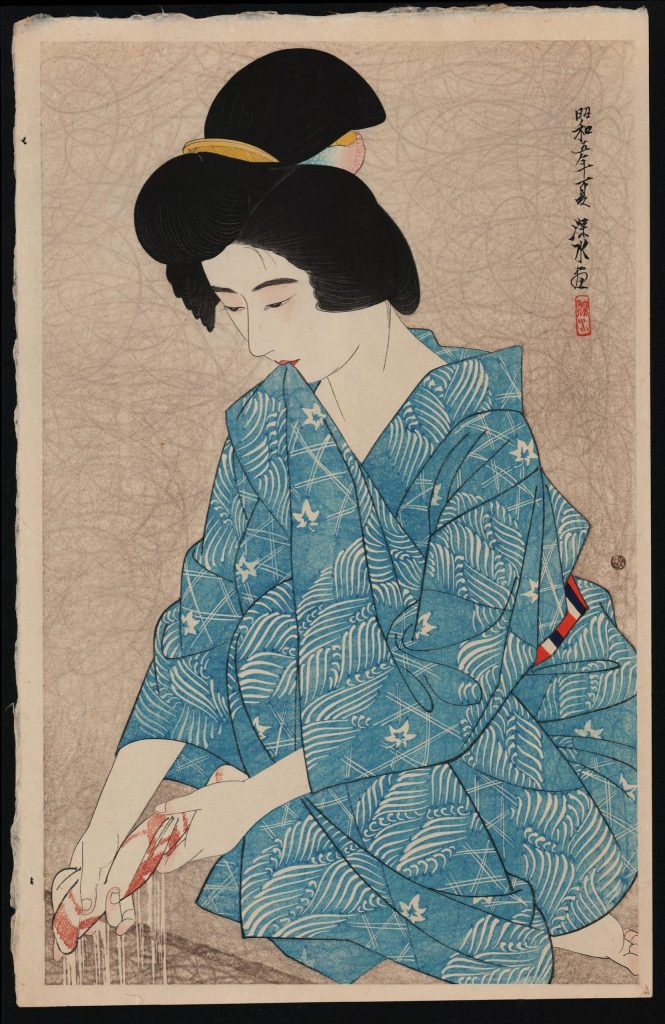
- Artist: Kawase Hasui (1883–1957)
- Notable Work: “Spring Evening at Inokashira Park”
- Description: Hasui was a prominent shin-hanga artist known for his landscapes. His works often captured serene scenes of nature, reflecting a harmonious blend of traditional and modern influences.
- Artist: Itō Shinsui (1898–1972)
- Notable Work: “Bathing Scene”
- Description: Shinsui contributed to the revival of traditional woodblock printing. His bijin-ga, like “Bathing Scene,” portrayed elegant and modern Japanese women.
- Artist: Hiroshi Yoshida (1876–1950)
- Notable Work: “Mount Fuji from Okitsu”
- Description: Yoshida combined Western and Japanese artistic techniques. His landscape prints, such as those featuring Mount Fuji, showcase meticulous detail and a fusion of styles.
Shin-Hanga: Early 20th Century
Characteristics of Shin-Hanga:
Shin-hanga, translating to “new prints,” emerged as a revivalist movement. Key features include:
- Subject Matter: Landscapes, nature, and traditional themes with a modern touch.
- Technique: Meticulous detailing, emphasis on color gradation, and collaboration between artists, carvers, and printers.
- Audience: Both domestic and international, attracting a global market.
- Innovation: Fusion of traditional ukiyo-e techniques with Western realism and perspective.
Artists and Notable Works:
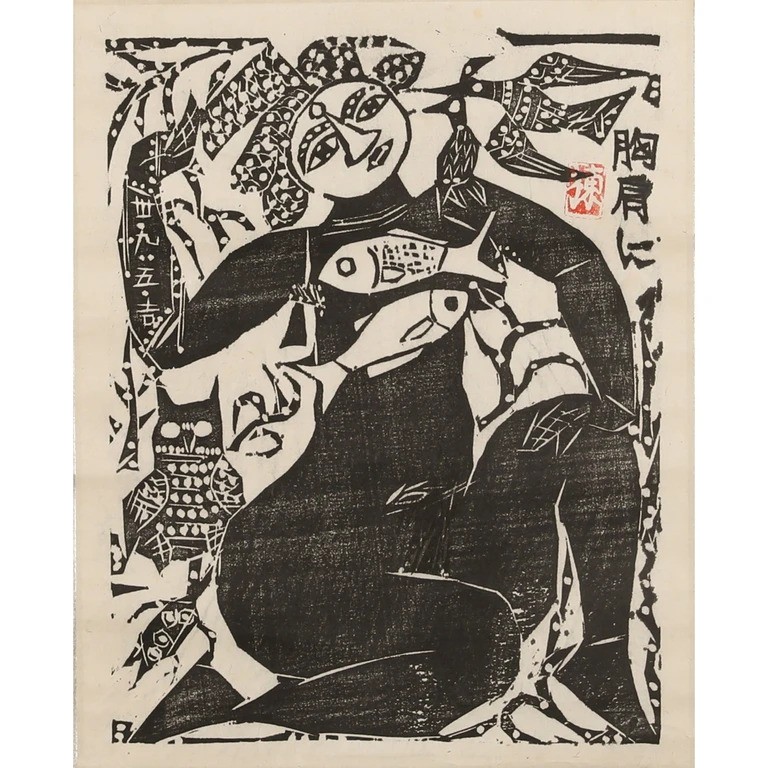
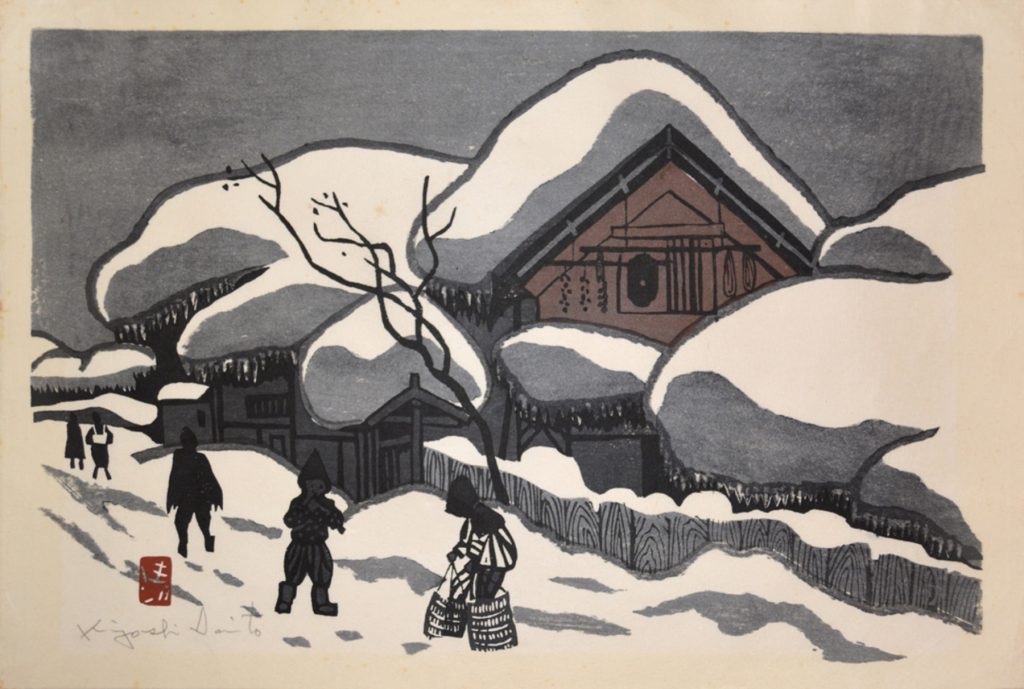
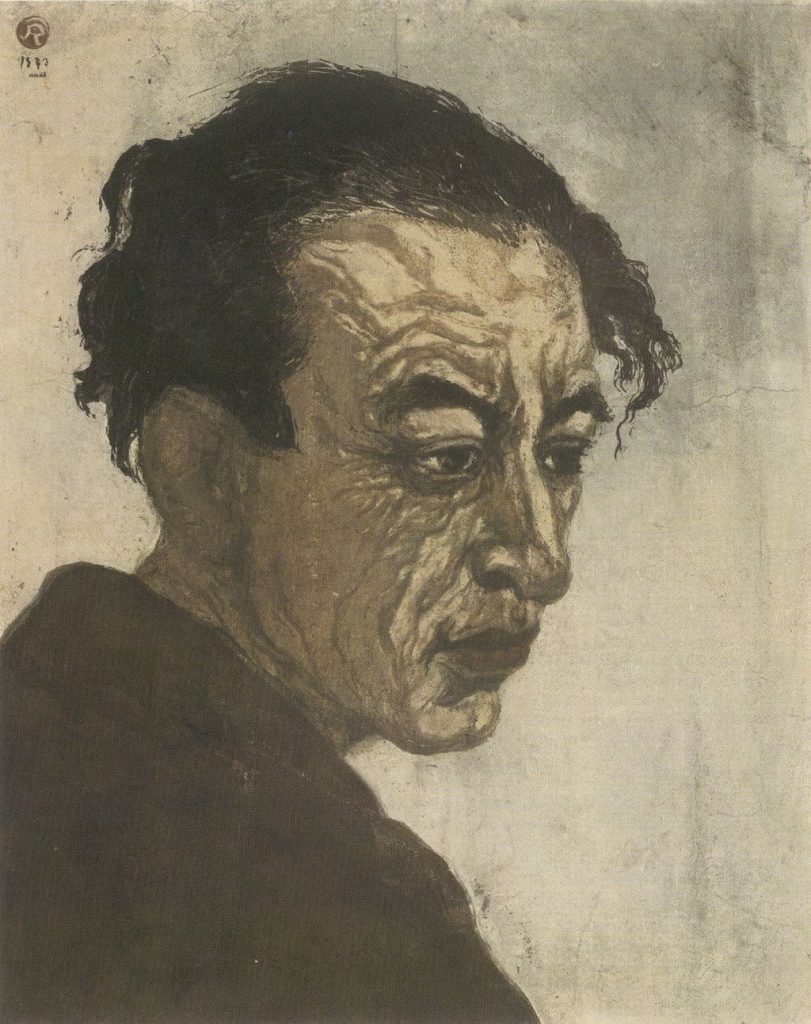
- Artist: Onchi Kōshirō (1891–1955)
- Notable Work: “The Bell Tower at Tsuchizaki”
- Description: Onchi was instrumental in promoting the sosaku-hanga ideology of artist involvement in the entire printmaking process. His prints often featured abstract and symbolic elements.
- Artist: Saitō Kiyoshi (1907–1997)
- Notable Work: “Winter In Aizu”
- Description: Saitō played a key role in revitalizing woodblock printing. “Winter In Aizu Series” is a striking example of his adaptation of traditional techniques to create modern, stylized landscapes.
A Comparative Glimpse:
- Artistic Independence: While ukiyo-e was often produced by teams of artists, carvers, and printers, sosaku-hanga celebrated individual artistic expression. Shin-hanga found a middle ground with collaboration but leaned towards individualism.
- Subject Matter: Ukiyo-e thrived on depicting the pleasures of the “floating world,” shin-hanga leaned towards landscapes and traditional themes, and sosaku-hanga explored diverse and often experimental subjects.
- Audience: Ukiyo-e catered to the urban masses, shin-hanga reached a broader domestic and international audience, and sosaku-hanga appealed to a more avant-garde and niche market.
Conclusion: A Tapestry of Japanese Artistic Evolution
The evolution of Japanese woodblock art, from the spirited ukiyo-e to the refined shin-hanga and the avant-garde sosaku-hanga, weaves a tapestry of artistic innovation. Each movement reflects the changing times, the fusion of traditional and modern influences, and the unique expressions of the artists who contributed to this rich heritage.
Read more:
- Collecting Ukiyo-e Art: A Guide for Beginners
- 11 Most Influential Ukiyo-e Artists: Masters of Japanese Woodblock Prints
- Samurai in Ukiyo-e and Japanese Art: Guardians of Tradition, Icons of Eternity
- From Japan to the World: The Global Influence of Ukiyo-e Art
- The 12 Most Important Ukiyo-e Artworks of All Time
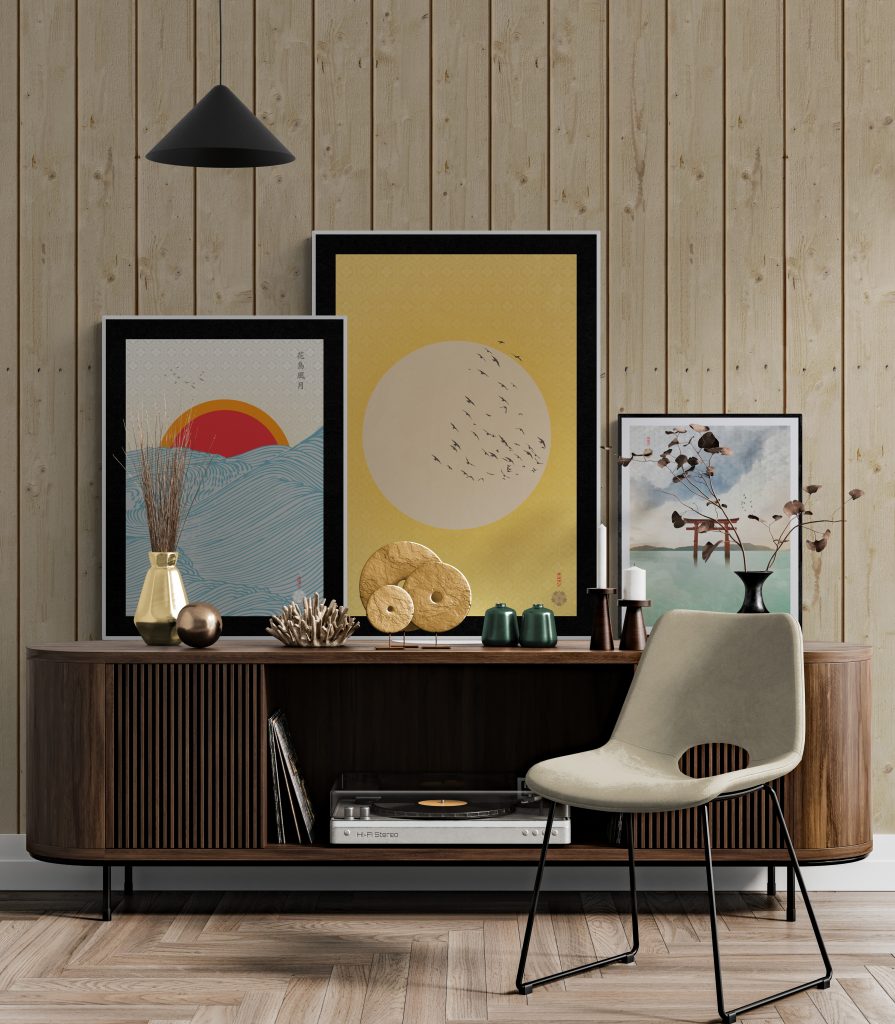
At the Art of Zen we have a wide selection of original Japanese art prints in the ukiyo-e and Japandi style. Some of our best selling work is Mount Fuji wall art and Japandi wall art.
Add some zen to your space with brilliant original art from the Art of Zen shop.
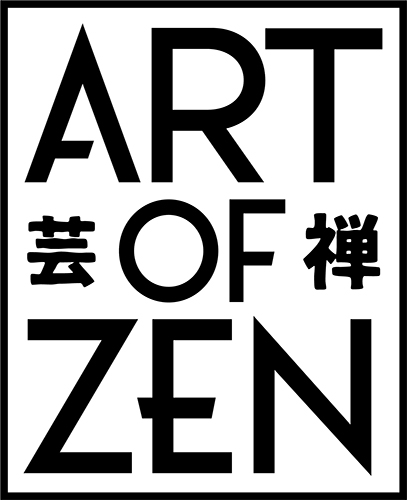

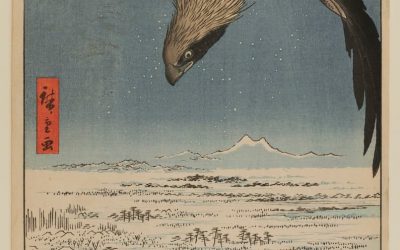
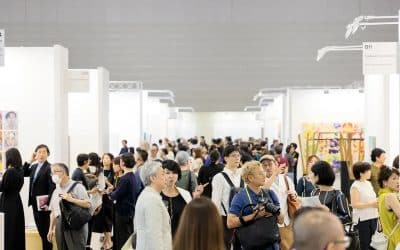
0 Comments